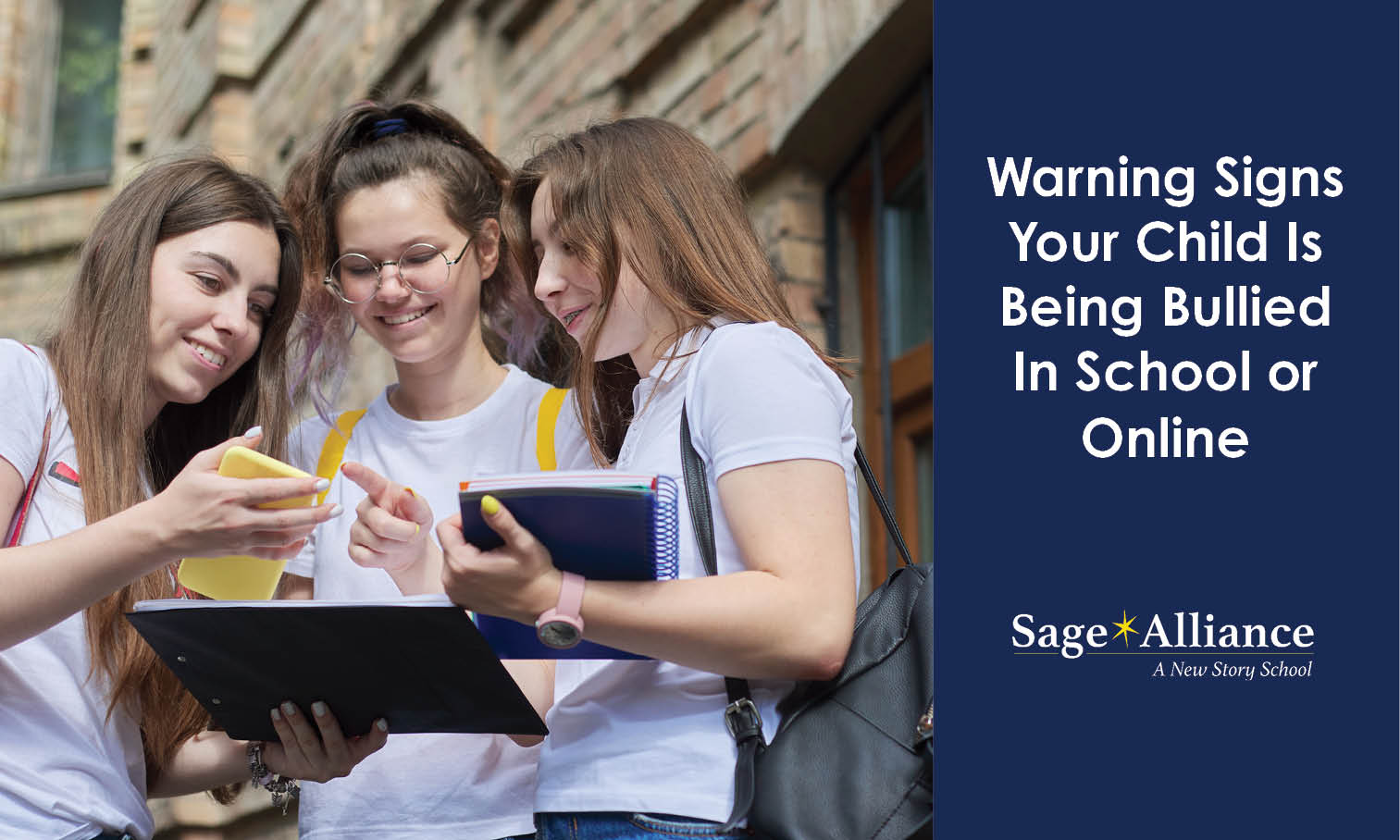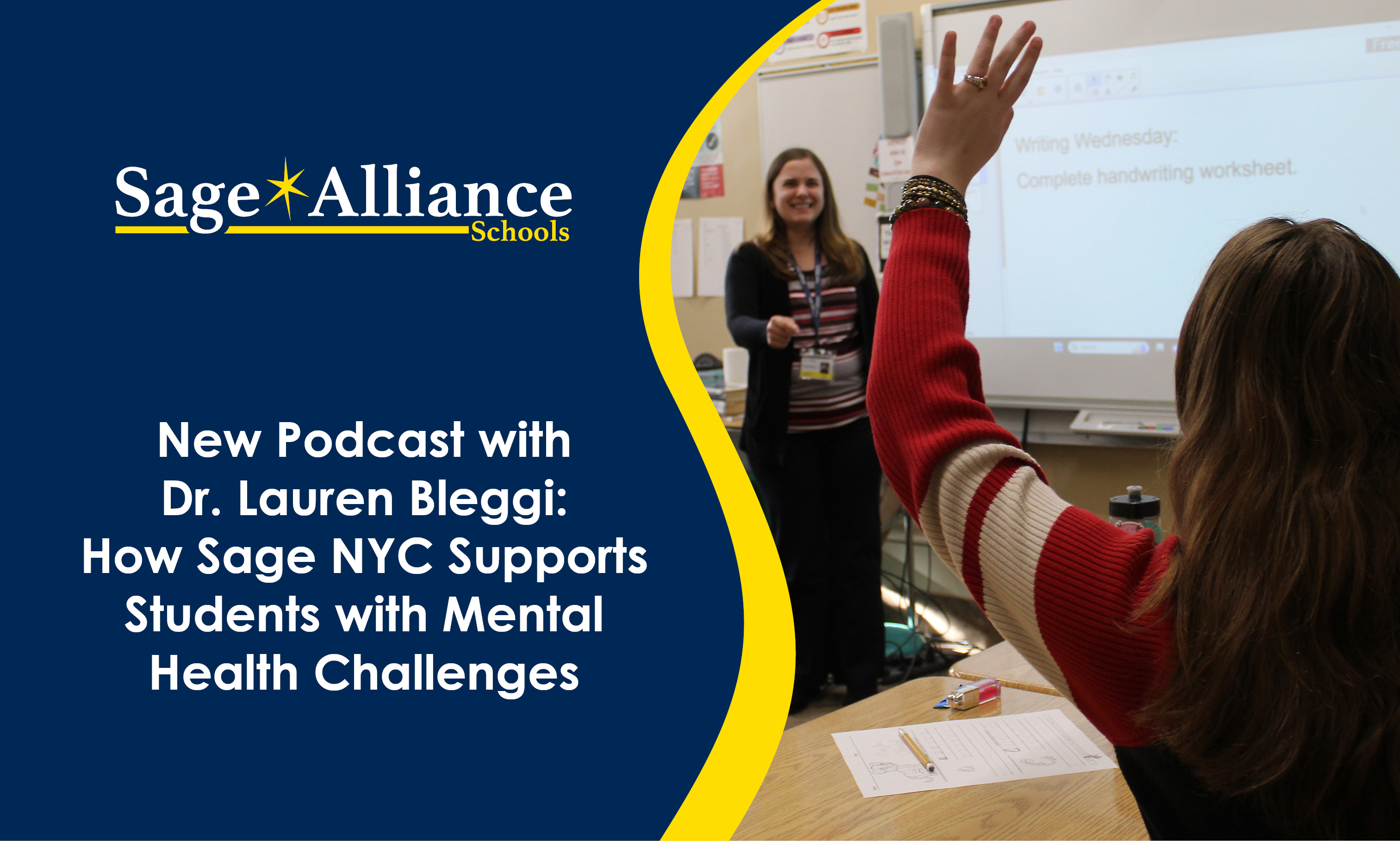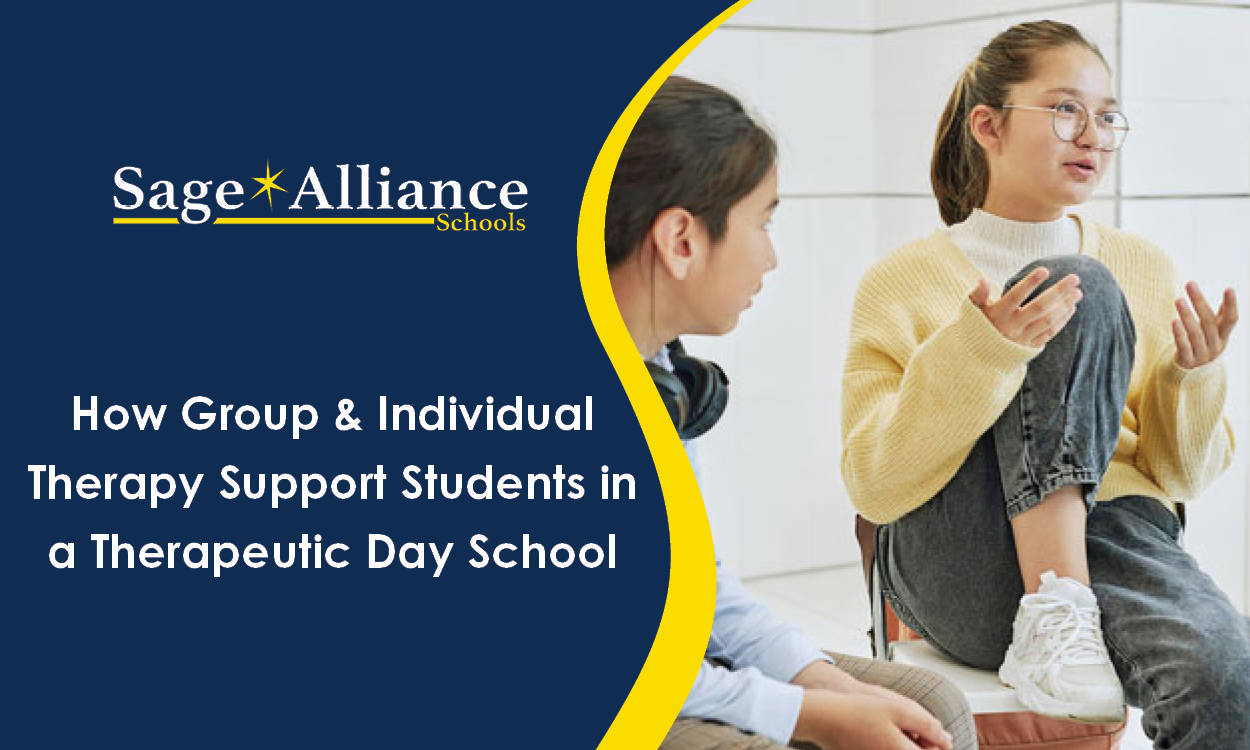Warning Signs Your Child Is Being Bullied In School or Online
Posted: November 18, 2013 | Written By: | Category:

As long as there have been kids and schools, there have been “schoolyard bullies”, but today, the act of bullying can take place beyond the school grounds.
To be considered a bullying situation, there must an imbalance of power between the two parties—physically, socially and psychologically. Bullying is intentional, threatening behavior toward another (physical, written, verbal, social) with the purpose of causing the victim harm or fear of harm. It is typically a recurring problem and happens one-on-one, in groups, in schools, and in cyberspace.
The bully often perceives the victim as an easy target in some way. Therefore, students with learning differences or disabilities, those who are socially awkward or who have emotional or psychological problems, LGBTQ teens and many more are at risk for being bullied. Compounding the issue is that some middle school or high school students have yet to develop the social skills, emotional maturity, or self-esteem to know how handle those situations. Some young people will resort to bullying in the form of social exclusion when they see their victim as a threat to their own social standing. In Odd Girl Out (2011), Rachel Simmons documents how this frequently occurs among middle school girls with a bully who will her encourage peers to engage in organized but very subtle forms of exclusion to socially isolate the girl perceived to be a threat.
Bullying acts include:
- Destruction or theft of another’s personal property.
- Picking verbal or physical fights with the other (girls tend to be verbal bullies, boys more physical).
- Doing physical harm or physically attacking in other ways such as tripping, spitting, shoving.
- Public taunting, insults, or ostracizing (in person or online).
- Humiliating or threatening messages or pictures via email, social media, texts.
- Online gossip that goes unchecked or involves a group.
- Sustained, organized efforts to exclude or socially isolate an individual.
School Bullying Facts
The National Center for Education Statistics(NCES) reports that:
- There is noticeably more bullying in middle school (grades 6, 7, and 8) than in senior high school.
- Emotional bullying is the most prevalent type; pushing/shoving/tripping/spitting on someone is second.
- Cyberbullying occurs with greater frequency in the last three years of high school than in grades 6 – 9.
- Most school bullying occurs inside the school; for the middle schooler, it’s the school bus.
- Middle schoolers are more likely to be injured from bullying than high school students; the highest prevalence is among sixth graders and the injury percentage goes down every grade.
Cyberbulling: a 21st-Century Problem
Technology-related bullying via digital devices and platforms is a very damaging and dangerous trend. The threat is real and unfortunately, we’ve all read the harrowing accounts of teens being bullied in cyberspace and in school, with many of those stories ending tragically.
i-SAFE, a leading Internet safety education organization, cites these cyberbullying statistics:
- Over half of adolescents and teens have been bullied online, and about the same number have engaged in cyber bullying.
- More than 1 in 3 young people have experienced cyberthreats online.
- Over 25 percent of adolescents and teens have been bullied repeatedly through their cell phones or the Internet.
- Well over half of young people do not tell their parents when cyber bullying occurs.
A Youth Risk Behavior Surveillance Survey (Centers for Disease Control and Prevention) found that 16 percent of high school students (grades 9 –12) were electronically bullied in the past year and that, nationwide, 20 percent of high school students experienced some form of bullying.
Is Your Child Being Bullied?
Parents may notice obvious physical signs of cuts, bruises, or worse, that don’t have any explanation, or possessions are damaged or missing. Some adolescents will openly discuss their problems or verbalize bullying with complaints that “no one at school likes me,” or “I hate that girl, she’s so mean.” These situations open the door to gentle questioning and discussion.
However, bullying has many emotional and psychological effects that might not be readily associated with it; these can lead to anxiety, depression, self-harm, substance abuse, and even suicide. For many teens, the effects of bullying may show up as:
- Low self-esteem
- Difficulty in trusting others
- Changes in behavior, mood swings
- Lack of assertiveness or feelings of helplessness
- Aggression or anger management problems
- Isolation, withdrawing socially
- School phobia or reluctance to go to school
- A drop in school performance
- Changes in eating or sleeping patterns
- Depression, talk of suicide or self-injury
- Avoiding certain places
What to Do
Any one of the symptoms cited is troubling and, in combination, can be alarming; all should be addressed in a calm, supportive manner. It is becoming increasingly important for school administrators and parents to be aware of the signs a student is being bullied, and provide a safe environment for the child to come for help.
At Sage Day schools, we have no tolerance for harassment, intimidation, or bullying (HIB); each school has an anti-HIB team and a comprehensive policy on how to handle these issues in the school. Our students know the door is always open for them to speak to administrators if they feel they are being bullied, and we can help provide the necessary social skills to support them through this upsetting time.
We urge all our Sage Day families to watch for any signs their children might be bullied and talk to them about it. Together, we can help our students rise above the threat and become stronger along the way.
Want to be notified of new articles and resources from Sage Alliance? Click here to submit your email and opt into our newsletter.









